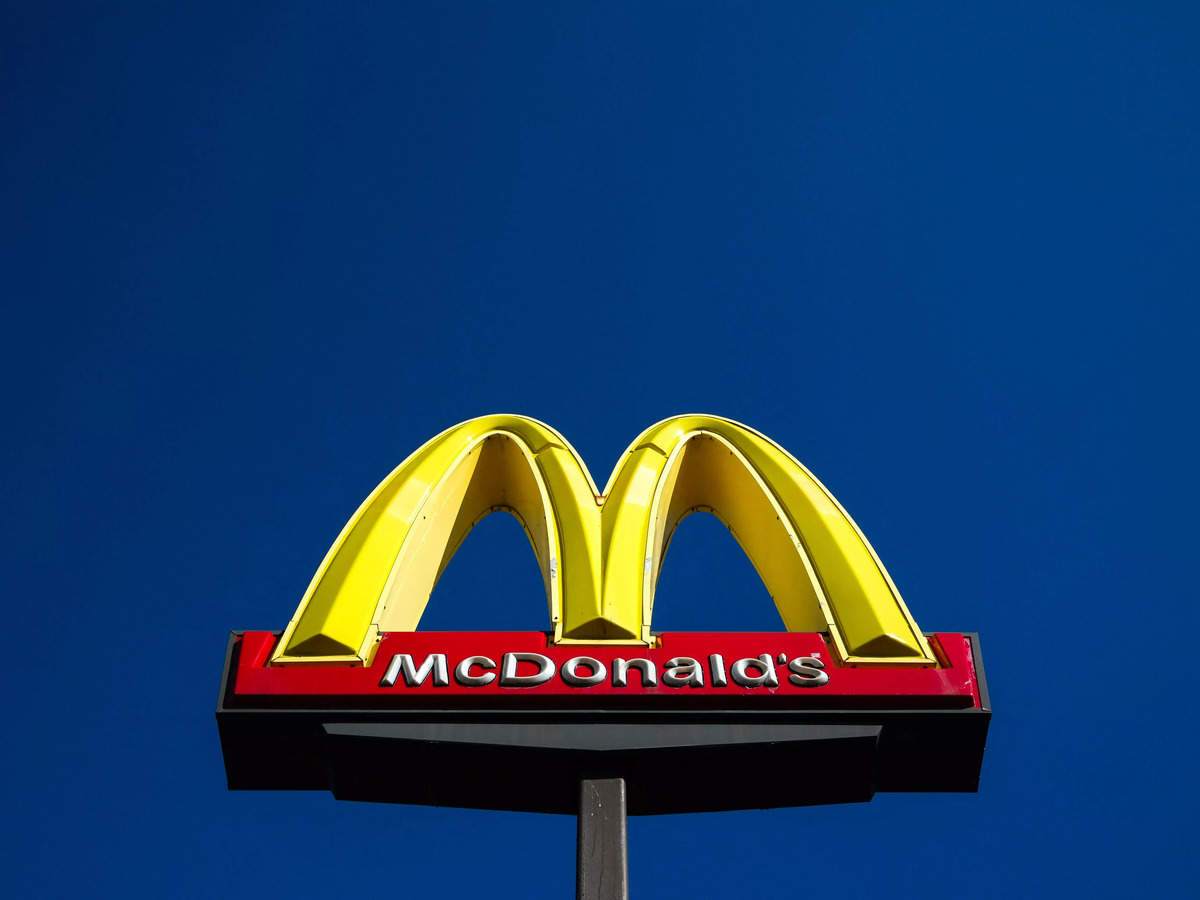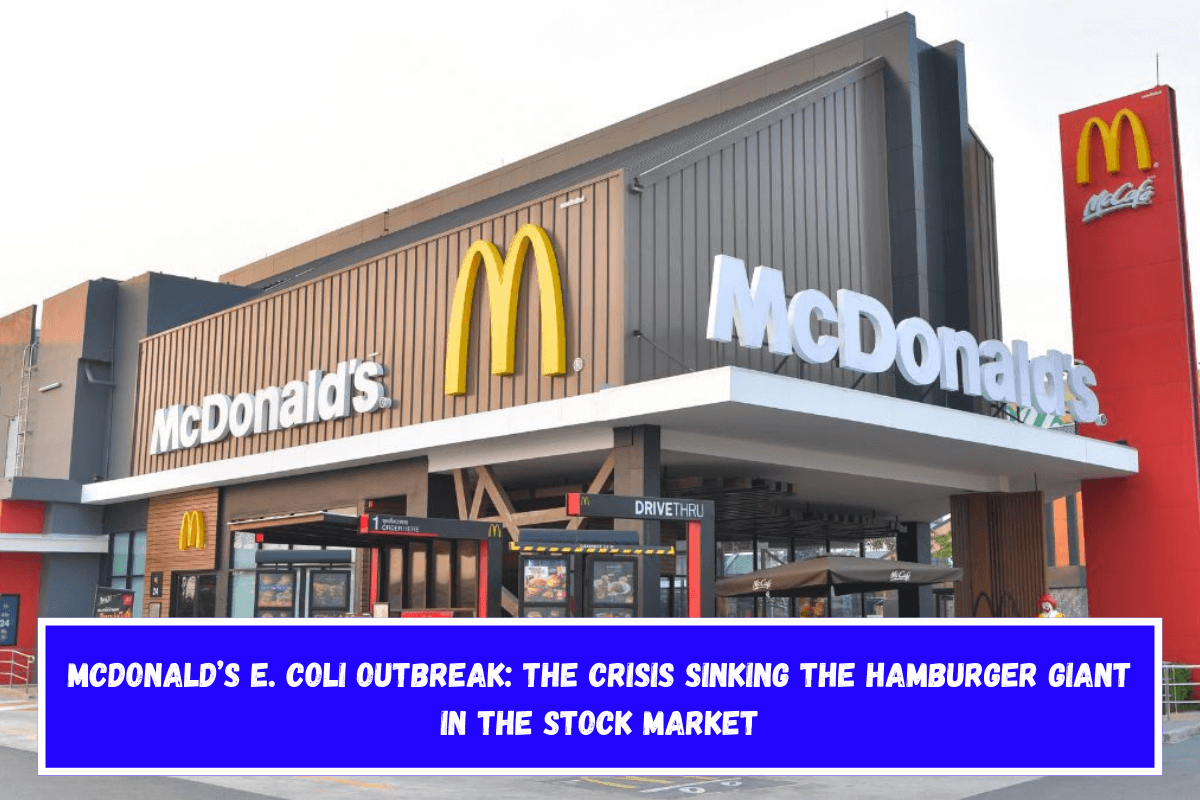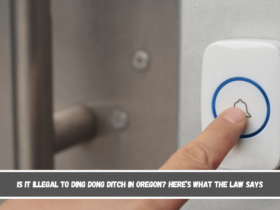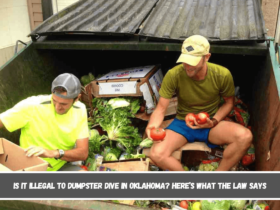After news of an E. coli outbreak, McDonald’s shares dropped by as much as 7% on Tuesday. The company is now working hard to fix the damage.
About one-fifth of McDonald’s stores in the US have stopped serving quarter-pounders and onions because of the outbreak. Yahoo Finance says that this move will affect about 2,700 of the 13,484 stores in the US.
There was a food safety alert from the Centers for Disease Control and Prevention (CDC) on Tuesday. But McDonald’s knew about the outbreak since late last week, as revealed by people from the company.
When the number of recorded cases was still pretty low, quick action was taken to take the two affected ingredients off the menu at places where they were found. There have been 49 proven cases so far, and sadly, one person has died.
It’s possible that the real number of cases is much higher. The CDC needs about three to four weeks to figure out if a sick person is connected to an outbreak. The CDC said that from September 27 to October 11, McDonald’s usually sells about a million quarter-pounders in the areas that were impacted.
- CDC Timeline: September 27 to October 11
- Current Cases: 49 confirmed, including one death
- Impacted Menu Items: Quarter pounders and onions
McDonald’s is currently investigating the source of a recent outbreak, with initial suspicions pointing towards the onions.
Potential Sources of the Outbreak McDonald’s
According to Spokespeople , the beef patties come from a number of different sources. In other words, if the contamination came from the beef, it would mean that there is a general problem with cross-contamination. It’s important to note that E. coli is usually killed when food is cooked at 160 degrees Fahrenheit. McDonald’s strict safety rules say that burgers must be cooked at a higher temperature of 175 degrees Fahrenheit.
Focus on Onion Supply
It’s interesting that all of the affected areas get their onions from the same plant. If these thinly sliced onions are really the cause, this type of E. coli has never been known to be spread through onions before.
Historical Context
EFFINGHAM, IL – MARCH 30: A Quarter Pounder hamburger is served at a McDonald’s restaurant on March 30, 2017, in Effingham, Illinois. On this day, McDonald’s announced a shift to using fresh beef patties instead of frozen ones.
This makes me think of the well-known Chipotle E. coli outbreak that happened between 2015 and 2018 and touched many ingredients. Because of what happened, the business had to pay a big $25 million fine to the FDA.
- Multiple Suppliers: Beef patties from various sources.
- Temperature Protocols: Burgers cooked at 175 degrees Fahrenheit.
- Single Source: Onions from one facility.
- Historical Outbreak: Chipotle’s past E. coli issues.
McDonald’s is trying hard to stop any comparisons that might come up because of what happened recently. Since there aren’t as many cases being recorded, the company thinks the problem started higher up the supply chain and was probably only with two ingredients. The CDC has said that other ingredients will not be impacted.

Current Market Challenges for McDonald’s
This recent outbreak coincides with McDonald’s ongoing efforts to address challenges related to value perception and market share. Competitors like Yum! Brands (YUM), Burger King (QSR), and Wendy’s (WEN) are intensifying their focus on competitive pricing and promotional bundles.
- McDonald’s seeks to isolate the supply chain issue.
- The CDC confirms other ingredients remain unaffected.
- Analyst Charles advises caution in making comparisons.
- McDonald’s faces increased competition from rivals.
Investigation Start Date: October 22, 2024
Investigation Status: Open
Recall Issued: No
In the Contaminated Food Section, the CDC has provided a list of states where McDonald’s has proactively removed slivered onions and beef patties. These states include:
- Colorado
- Kansas
- Utah
- Wyoming
- Parts of Idaho, Iowa, Missouri, Montana, Nebraska, Nevada, New Mexico, and Oklahoma
The current outbreak statistics are as follows:
- Cases: 49
- Hospitalizations: 10
- Deaths: 1
- Affected States: 10
Once again, in the Contaminated Food Section, the CDC has reiterated the list of states where McDonald’s has removed slivered onions and beef patties:
- Colorado
- Kansas
- Utah
- Wyoming
- Portions of Idaho, Iowa, Missouri, Montana, Nebraska, Nevada, New Mexico, and Oklahoma
A wave of E. coli O157:H7 cases is being looked into by the CDC, FDA, USDA FSIS, and public health officials from several states. Most of the people who got sick said they ate the Quarter Pounder burgers at McDonald’s before they got sick. At this point, the exact food ingredient that was tainted has not been found.
McDonald’s is working with other companies that are doing investigations to find out which ingredient in their Quarter Pounders is making people sick. As a safety step, McDonald’s has stopped using fresh sliced onions and Quarter Pound beef patties in several states while the investigation is still going on.
Contaminated Food Concerns
Some people are getting sick after eating McDonald’s Quarter Pounder hamburgers. This is mostly happening in Colorado and Nebraska. Because of this, McDonald’s has chosen to temporarily stop selling Quarter Pounders in some states while they make important changes to their supply chain.
States Affected
McDonald’s outlets in the following regions are currently not using Quarter Pounder slivered onions and beef patties:
- Colorado
- Kansas
- Utah
- Wyoming
- Portions of Idaho
- Iowa
- Missouri
- Montana
- Nebraska
- Nevada
- New Mexico
- Oklahoma
As part of McDonald’s pledge to keeping customers safe, they are taking this proactive step while investigators work hard to find the contaminated ingredient. It’s important to know that only Quarter Pounders use Quarter Pounder beef patties and that the fresh slivered onions are mostly used in these burgers and not in other items on the menu.
Ongoing Investigation
The investigation aims to confirm the specific ingredient responsible for the illnesses and assess if it has been distributed to other restaurants or stores.
When to Contact Your Healthcare Provider
- High fever exceeding 102°F accompanied by diarrhea.
- Persistent diarrhea lasting more than 3 days without signs of improvement.
- Bloody diarrhea, which is a serious concern.
- Excessive vomiting, making it difficult to retain liquids.
- Symptoms indicating dehydration, such as:
- Reduced urination frequency.
- Dryness in the mouth and throat.
- Dizziness upon standing.
Understanding E. coli Symptoms
Most people who get Shiga toxin-producing E. coli have severe stomach cramps, diarrhea (often bloody), and vomiting. Most of the time, these signs show up 3 to 4 days after eating the bacteria. Most people get better on their own within 5 to 7 days, but some may get hemolytic uremic syndrome (HUS), which is very bad for the kidneys and needs to be treated in the hospital.
For more information on Escherichia coli infections, please look at expert medical materials or talk to a doctor or nurse.
Also See:- Disability benefits update: SSI and SSDI payments of about $698 & $1,539 coming in November















Leave a Reply